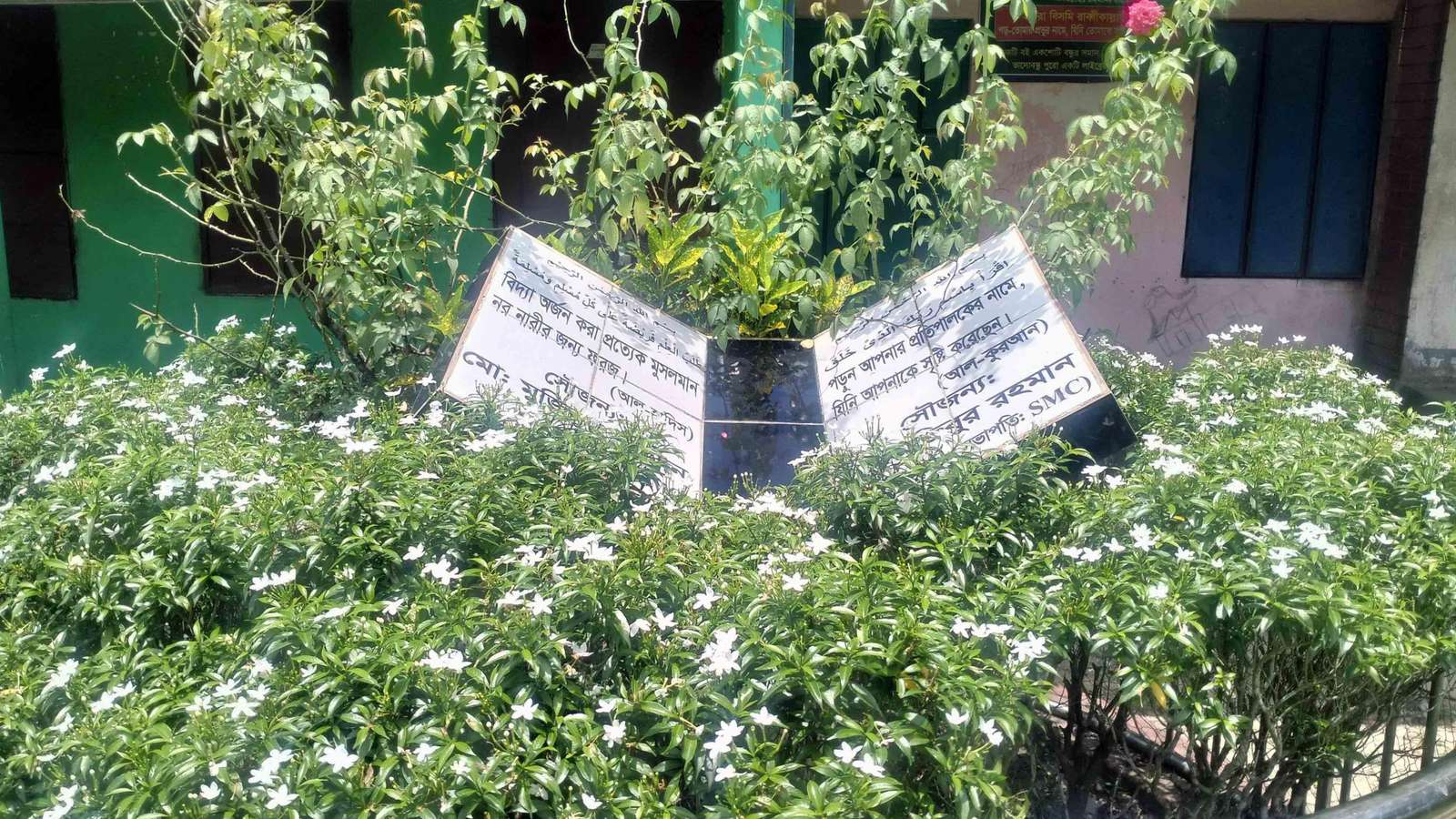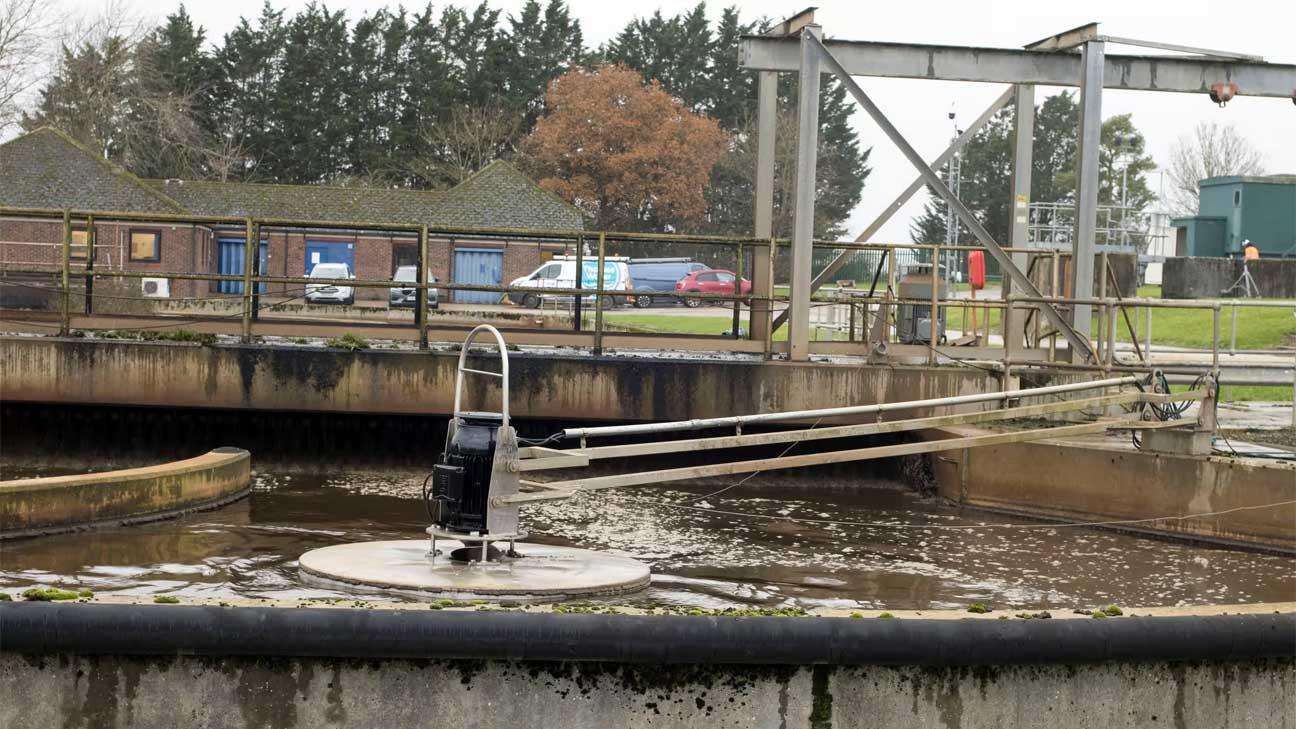Every year, millions of tonnes of treated sewage sludge are spread across UK farmland, despite being contaminated with toxic substances such as microplastics, forever chemicals, and industrial waste. Experts warn that the current regulatory framework is outdated and inadequate.
A joint investigation by The Guardian and Watershed has pinpointed areas in England where sludge spreading is concentrated and potentially harming nearby rivers.
Sewage sludge—the solid byproduct of wastewater treatment—is heavily polluted with Pfas chemicals, flame retardants, pharmaceuticals, and industrial toxins. Despite this, water companies market it as "biosolids," promoting it to farmers as a nutrient-rich fertiliser.
This practice is largely unregulated and lacks thorough oversight, with little monitoring for hazardous contaminants.
“It looks like ‘black gold’ on the surface because it’s rich in nitrogen and phosphates,” said one water industry insider. “But beneath that are microplastics, forever chemicals, hormone disruptors, pharmaceuticals, and heavy metals.”
Around 87% of the UK's 3.6 million tonnes of sewage sludge is used on farmland. One anonymous Environment Agency (EA) officer said, “People are now aware of sewage in rivers, but they also need to understand where the sludge ends up and what it contains.”
The water industry’s own testing has uncovered alarming results: banned substances like PFOS, hormone-altering phthalates and nonylphenols, antibiotics, antimicrobials, and corrosion inhibitors were found in every sample taken from 11 treatment facilities.
Research from Cardiff and Manchester universities suggests that between 31,000 and 42,000 tonnes of microplastics are deposited on European farmland each year via sludge, with the UK potentially experiencing the highest levels of contamination.
Current rules, set back in 1989, only require testing for a limited number of heavy metals. EA officials admit these standards are now "unfit for purpose."
The investigation revealed around 34,000 registered sludge storage sites across England, most of which (approximately 33,000) are located on or near agricultural land. In many cases, sludge is stored and then applied to fields nearby, though it’s sometimes transported over longer distances.
In 2023 alone, over 768,000 tonnes of dry sludge were spread across 152,000 hectares of farmland. Annual figures over the past decade have ranged between 715,000 and 800,000 tonnes.
Some regions are more heavily impacted than others, with Hampshire, Lincolnshire, North Yorkshire, and Essex having the most storage sites—6,371 in total.
Sludge spreading is largely overseen through “waste exemption” rules. These let companies store or apply waste on land without a full environmental permit as long as they promise there will be no significant harm to water, soil, air or wildlife. In practice, however, enforcement is minimal. “No one checks. No one cares,” one Environment Agency (EA) insider said.
An EA officer noted that sludge toxicity varies with local sources: “If there’s an industrial estate nearby, the sludge is probably more contaminated than in a purely rural area.”
Industrial effluent—such as leachate from landfill sites—is routinely hauled to sewage works, mixed with domestic wastewater, and the resulting sludge is then treated as ordinary biosolids under the same light‑touch rules.
Fields to which contaminated sludge is applied effectively become hidden pollution sources. Even supposedly clean sludge can cause trouble if managed badly: excessive nutrients washed into rivers trigger algal blooms, blocking sunlight and depriving aquatic life of oxygen—a process known as eutrophication.
The investigation showed that 5 % of sludge‑storage locations in England sit within 100 m of a river, and 1,277 sites lie within 500 m of water bodies already classified by the EA as eutrophic.
Roughly 73 % of all sludge sites—23,844 in total—fall inside nitrate‑vulnerable zones (NVZs), where tighter rules apply because of existing pollution risks. Across England, not a single river meets chemical standards, and only 14 % achieve good ecological status.
Spreading takes place in Wales and Scotland as well. Almost a quarter of identified Scottish storage sites lie in NVZs, and James Hutton Institute research found microplastic levels on North Lanarkshire farmland rose 1,450 % after four years of sludge applications and remained high 22 years later. Northern Ireland incinerates most of its sludge.
Richard Benwell, chief executive of Wildlife and Countryside Link, said that while sludge can be a useful fertiliser, it is also “laced with chemical residues” such as PFAS, BPA and glyphosate, and that regulation must be tightened to safeguard health and ecosystems.
Prof Rupert Hough of the James Hutton Institute added that current checks focus almost exclusively on metals: “We all flush chemicals and medicines down the drain—those end up in the sludge, on the land and potentially in the food chain.” He also noted that landfilling and incineration face capacity and cost constraints, while removing contaminants from sludge is prohibitively expensive, leaving the industry with few alternatives.
A water‑industry source stressed that professionals are not acting maliciously but are limited by “a lack of research and development.” Water UK said companies are supporting research into new sludge uses, including converting it into aviation fuel. The group called for a UK ban on PFAS, a nationwide clean‑up plan funded by polluters, and coordinated European action because “contaminants cross borders.”
Chem Trust’s Shubhi Sharma accused the government of using funding shortages as an excuse for failing to stop farmland contamination, urging stricter chemical controls and a “polluter pays” model similar to France’s PFAS levy.
The EA responded that sludge must not harm soil or water and said it carried out more than 4,500 farm inspections last year, leading to over 6,000 corrective measures. The Department for Environment, Food and Rural Affairs stated it aims for safe, sustainable sludge use and has set up an independent water commission to review the regulatory framework in partnership with the EA, farmers and water companies.








.svg)


_1.jpg)
